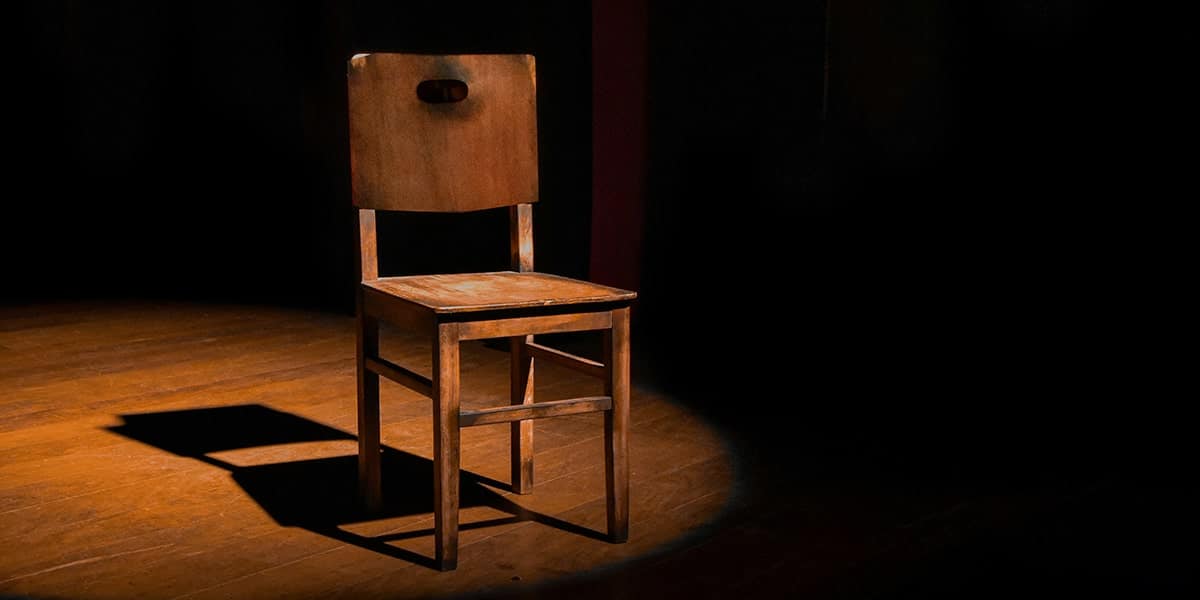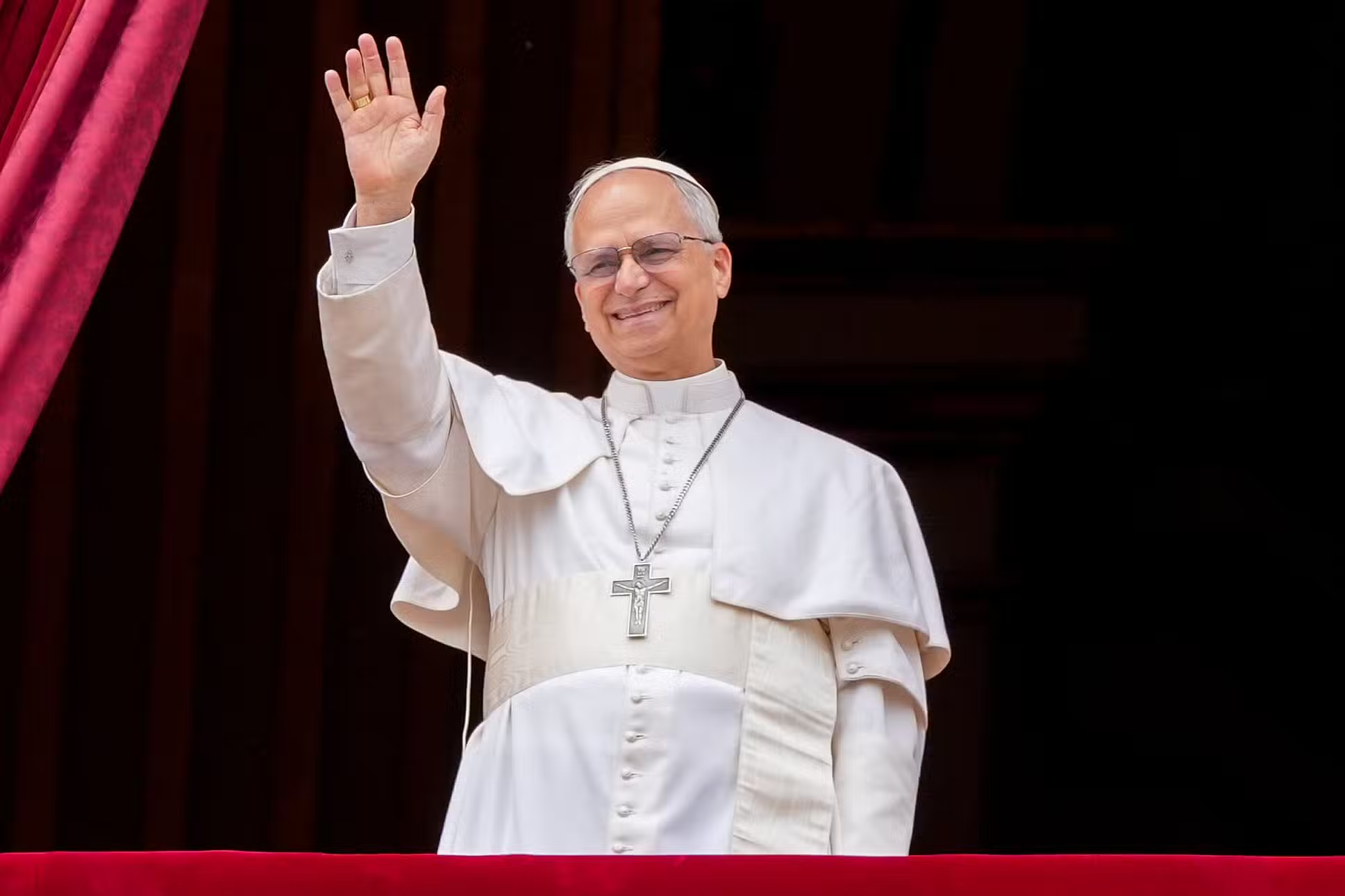Did you ever celebrate a chair? Probably not, but we are not totally unfamiliar with the idea of a chair as a stand-in for its occupants, as well as for their role. I think of the bishop’s chair in a cathedral, for example (which is sometimes called a throne). It’s usually a permanent fixture in the cathedral sanctuary and only the local bishop occupies it. While the Eucharist and other services are celebrated in the church every day, the chair remains empty unless the local bishop is present to preside over the liturgy, then he occupies the chair.
The chair speaks as much when it is empty as when it is occupied, because, either way, it reminds us of the office of the local bishop which remains a reality within the diocese even as the individual bishops come and go. The chair, then, is a reminder of the office regardless of who the present bishop might be, or whether or not he is physically present.
Today we celebrate the feast of the Chair of St. Peter. Again, we are not celebrating a piece of furniture, but the role and office of Peter within the Church. And that office, presently held by Pope Francis, has been around for over 2,000 years and is both a source of authority and unity as well as a cause of significant tension among the followers of Jesus. So why celebrate it?
We celebrate the feast for several reasons. First, it is a day when we recognize who and what the chair stands for. The chair of Peter is not the chair of a local bishop, for the chair of the Bishop of Rome is in his cathedral of John Lateran. So, while the present occupant of the Chair of Peter is Pope Francis, we are not focusing on his role as the local bishop of the diocese of Rome.
Rather, we’re celebrating his role as shepherd or bishop of the universal Church, a role that is intricately one with, but not identical to, his position as bishop of Rome. So the chair of Peter is, first, a stand-in for the pope as bishop of the world-wide Church.
We are also celebrating the authority of the universal bishop. It’s the authority given by Jesus to Peter to lead and guide the Church in Jesus’ place. For Jesus told Peter that “you are Peter, and upon this rock I will build my church . . .” (Mt 16:18). In his Letter to the Galatians, we see St. Paul acknowledging this fact by seeking Peter’s approval for his ministry, for he recognized Peter as the first among the apostles (Gal 1:18). This authority and role, we believe as Catholics, is passed down and exercised by the pope, just as the authority and role of the apostles is passed down and exercised by the bishops in union with the pope.
Here, I think, it would be good to recognize the somewhat unique way in which our present pope views this position. Pope Francis sees his role primarily as a servant-authority uniting and guiding the Church members as we grow in the life of the Holy Spirit. He is less inclined to conceive of it as one of dictating or ruling-over others. He clearly believes in the sensus fidelium, the universal, gut faith of the entire Church inspired by the Holy Spirit.
He views his role as pope as the coordinator and animator of that faith. He is not one to act autocratically, yet, he realizes that he is the supreme teacher and authority in the Church, for he exercises the office of Peter. It’s just that he is not about flaunting his role, but, rather, about using it to serve the faithful. He is a rather conservative pontiff in many ways, especially when it comes to doctrine, for he certainly does not view the Church as a democracy and its doctrine as determined by popular vote. But he likes to listen and discern where the Holy Spirit is leading the Church.
Finally, we are celebrating the unity that the Chair of St. Peter symbolizes. Since apostolic times, the various Churches founded by the original apostles were somewhat independent—partly due to distance and the lack of communication systems—yet united in faith under the leadership of St. Peter. Today, for example, within the Roman Rite, we have the various national conferences of bishops who exercise a certain independence within the unity of the universal Church of Rome. In this, they exercise a unity without uniformity.
Ecumenically speaking, many of the churches have come to accept the value of the Chair of St. Peter and all that it stands for, especially as a sign of unity without uniformity. Others still find it objectionable, if not offensive. But for the Catholic community, the feast of the Chair of St. Peter stands as a celebration of the authority and unity that Jesus created for his Church on earth as exercised by our pope.
An authority and a unity that does not totally depend on the person who presently holds the office, for it is an authority and a unity that is bigger than any one person. While the personality and temperament of a pope certainly can and does influence the position in very definite ways, the role will outlive him to see another occupant on the chair. Everything pointing to the fact that it is the Holy Spirit who truly runs the Church, but through various human beings who, of course, have their gifts and foibles.
We celebrate the feast of the Chair of St. Peter rejoicing in the guidance and the role of the Holy Spirit, thanking Jesus for the authority he shares with mere humans, and we pray for the person God has chosen to occupy the Chair of St. Peter at the present time.









2 thoughts on “St. Peter’s Chair: Why a Celebration?”
Pingback: Chair of Saint Peter – Saint Gregory the Great Catholic Church
Like the Chair in the Cathedral in L.A., California. Has wood from different continents in the chair. The position of the Universe at time of construction
Embedded in the concrete Plaza surrounding the Cathedral. Love the tapestries representing many Saints in the Cathedral.